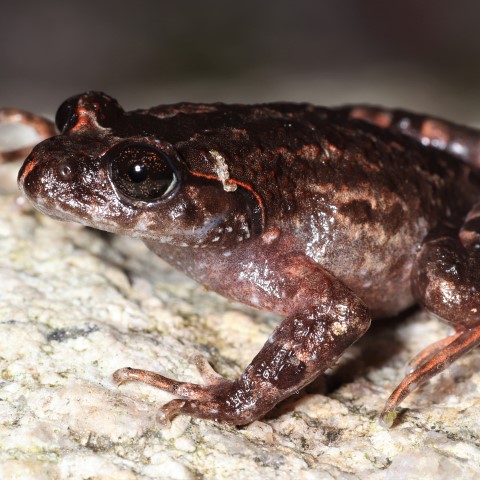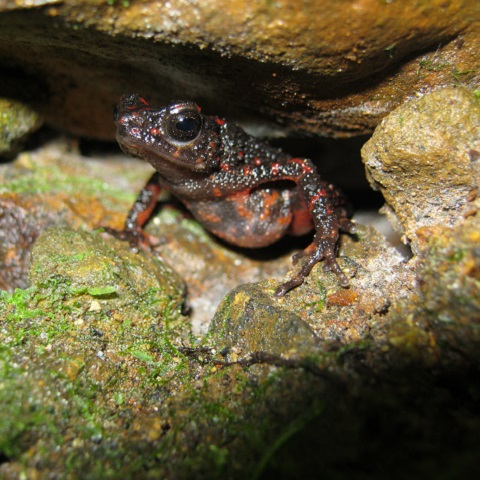Conservation Actions
Conservation ActionsIt may occur in the recently gazetted Pulong Tau National Park, but this requires confirmation. However, there is no current infrastructure or field staff in place and is not considered to be well-protected national park at present (I. Das pers. comm. March 2018).
Conservation Needed
Improved habitat protection is required at sites where this species is known to occur. The enforcing of the national park's boundaries need to be enforced to address the issues of logging with the park (Malaysia Red List Assessment Workshop January 2018).
Research Needed
Further research is required on the distribution, population status, and ecology of this species.
Location Information
This species is only known from its type locality of Bario, Kelabit Highlands in Sarawak, Malaysia, at 1,150 m asl (Hamidy and Matsui 2014). Its extent of occurrence (EOO) is 10 km2 and all individuals occur at a single threat-defined location.Geographic Range
Extant
Malaysia





